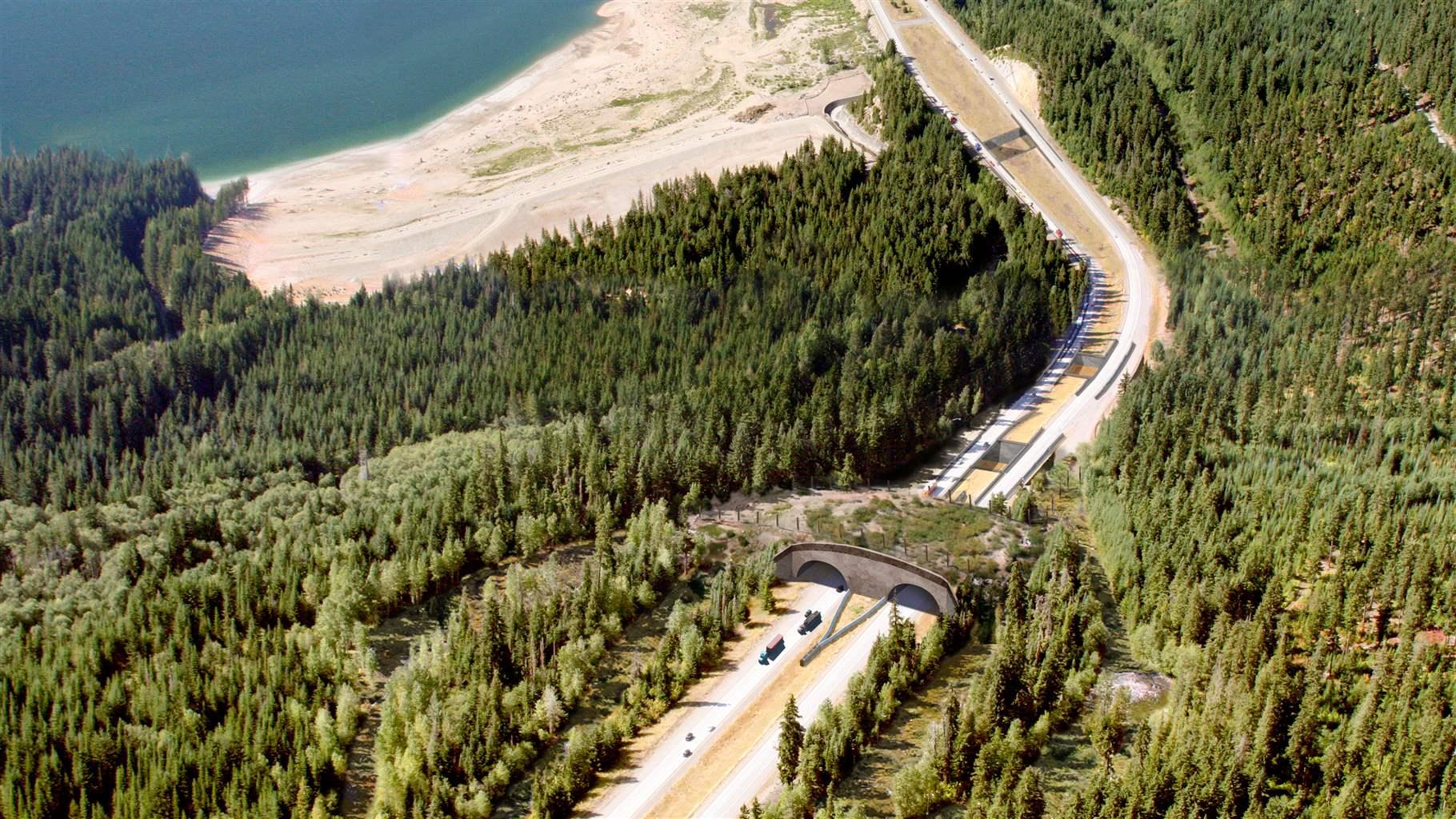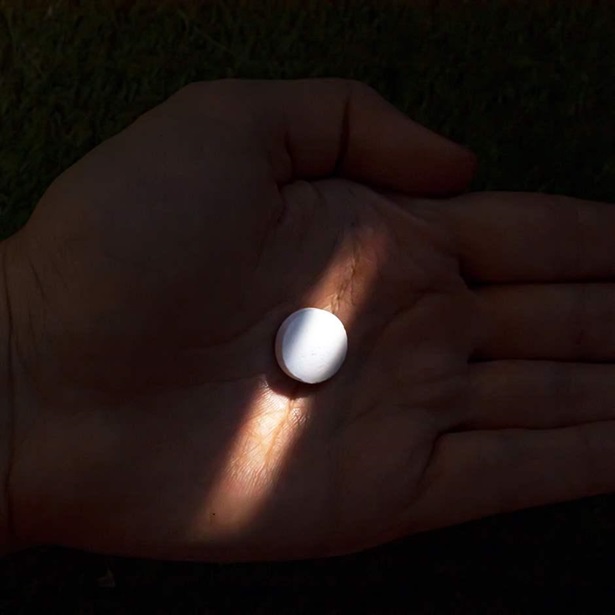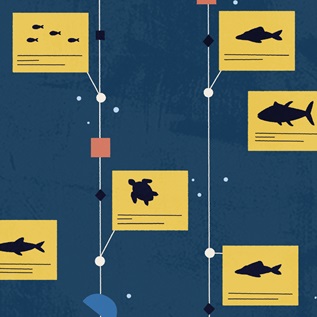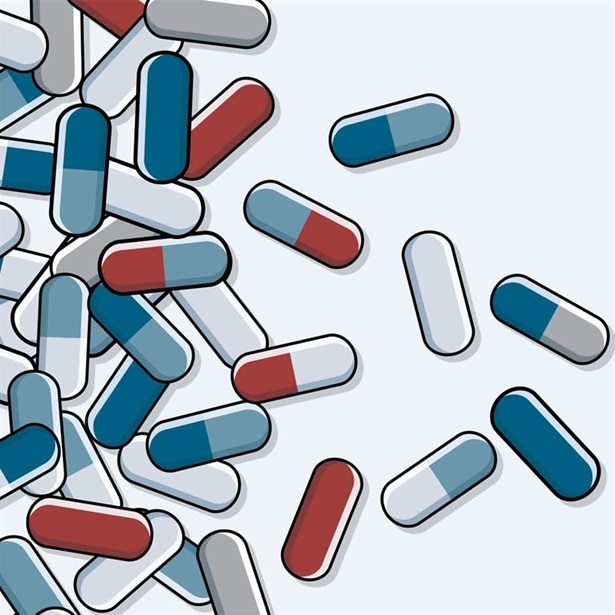Wildlife-Vehicle Collisions Are a Big and Costly Problem and Congress Can Help
Surface transportation bill could be a win for people, animals, and government
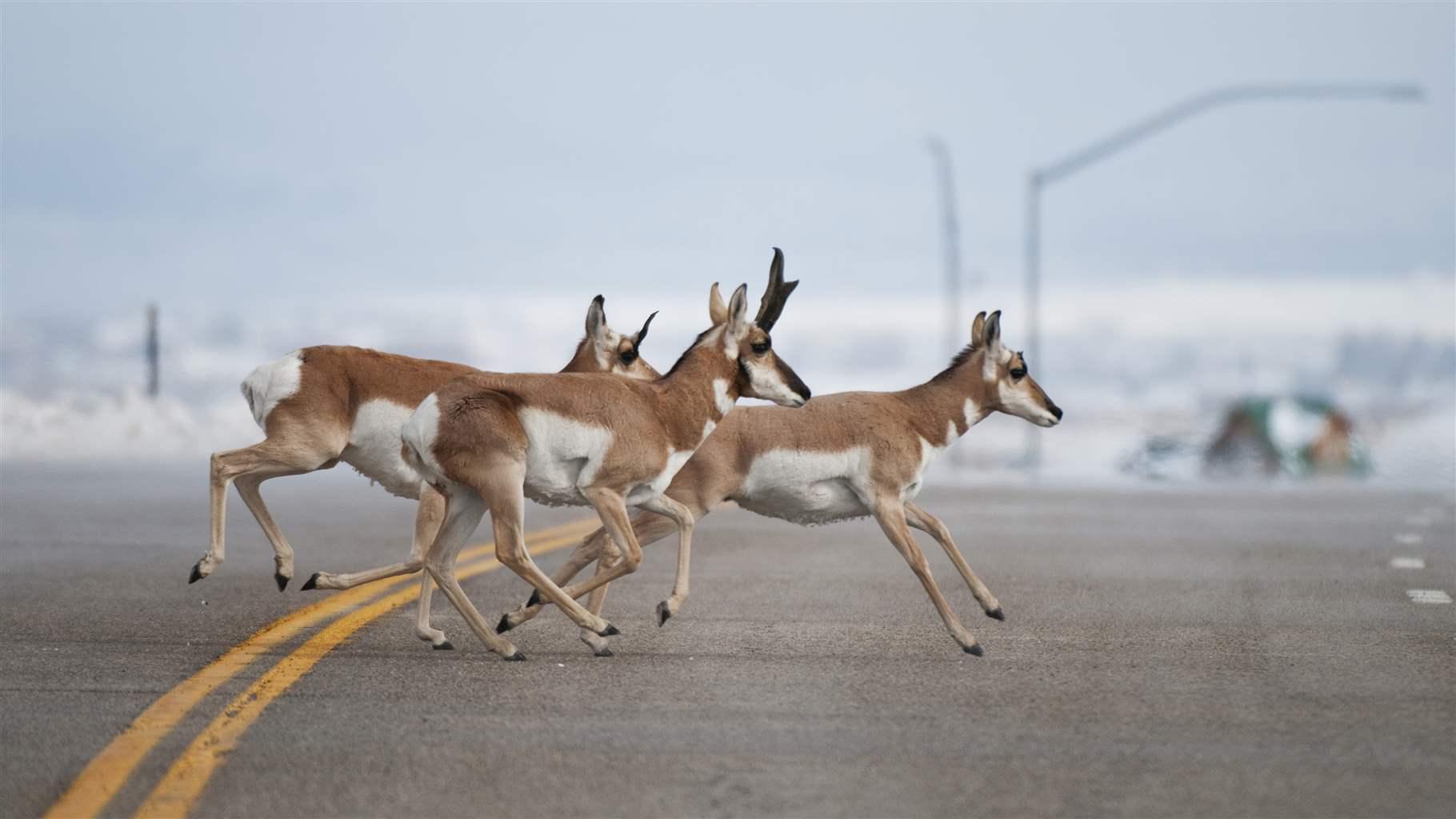
An estimated 1 million to 2 million crashes between motor vehicles and large animals such as deer occur every year in the U.S., causing approximately 200 human deaths, 26,000 injuries, and at least $8 billion in property damage and other costs. In rural states such as Wyoming, wildlife-vehicle crashes represent almost 20% of reported collisions. The cost to wildlife also is significant. With wildlife corridors often blocked or impeded by roads and highways, economically important species such as elk and mule deer are cut off from seasonal migration routes, threatening population stability. Fortunately, transportation infrastructure can help to resolve these problems.
As researchers amass more and better data regarding wildlife movements and collision hot spots, experts and policymakers know where and how to maximize return on investments in wildlife-friendly transportation infrastructure that will benefit humans and wildlife alike. That scientific advancement, coupled with strong bipartisan support for reducing these collisions and conserving migration corridors, validates the need for increased federal efforts to address this issue.
Wildlife-vehicle collisions are a major issue in many states, especially those with large rural populations. Insurance giant State Farm looked at data between July 1, 2019, and June 20, 2020, and compared per capita animal-automobile collisions across states. West Virginia ranked first in the nation; residents there have a 1 in 37 chance of hitting an animal with their cars in a given year. Montana, Pennsylvania, and South Dakota are next in line, and many Western, Midwestern, and Southern states round out the top 20.
Top 20 States for Risk of Wildlife-Vehicle Collisions
|
The Pew Charitable Trusts encourages Congress to address this issue now, and lawmakers can start with a smart update of the Fixing America’s Surface Transportation (FAST) Act of 2015, the premier program for developing and repairing the nation’s transportation infrastructure. The program, which is updated every five years through legislation, is set to expire Sept. 30. Proposed updates include funding for wildlife crossings to help relieve states, tribes, and localities from some of the costs of constructing and rehabilitating structures such as bridges and tunnels to enable wildlife to avoid vehicle traffic, increasing safety to both humans and wildlife.
Pew believes the transportation reauthorization legislation should, among other things, provide competitive matching grants for states, municipalities, and tribes to undertake projects and strategies to reduce wildlife-vehicle collisions. Because new technology reliably shows hot spots where many animals cross highways and roads, these infrastructure investments could be very successful in reducing collisions, improving motorists’ safety, and enhancing habitat connectivity.
The bill also should provide streamlined guidance and best-practice solutions to states, tribes, and federal agencies so they can better plan, design, construct, monitor, and develop preventive maintenance for transportation-related structures. These tools will help to ensure coordinated landscape-scale connectivity and cooperative management across jurisdictions.
Federal research on wildlife-vehicle collisions has been sparse; the Department of Transportation produced the last major report in 2008. The reauthorization must provide resources to federal agencies to undertake more studies and training about the number, causes, and consequences of wildlife-vehicle collisions. Having current, standardized federal data will help experts and lawmakers at all levels implement and promote sustainable solutions and smart investments.
In addition to a new grant program for wildlife crossings, existing transportation programs funded through the FAST Act could assist in the development of wildlife-friendly infrastructure projects. Enterprises such as the Federal Lands Transportation Program, Block Grant Program, Nationally Significant Freight and Highway Projects Program, and Bridge Investment Program should be given clear authority to use their funds to support wildlife-related infrastructure.
By updating the surface transportation legislation to include the recommendations above, Congress can take a major step toward protecting drivers and wildlife and improving habitat connectivity across the country.
Matt Skroch is a project director and Tom St. Hilaire is a senior officer doing wildlife corridor work with The Pew Charitable Trusts’ U.S. public lands and rivers conservation project.
